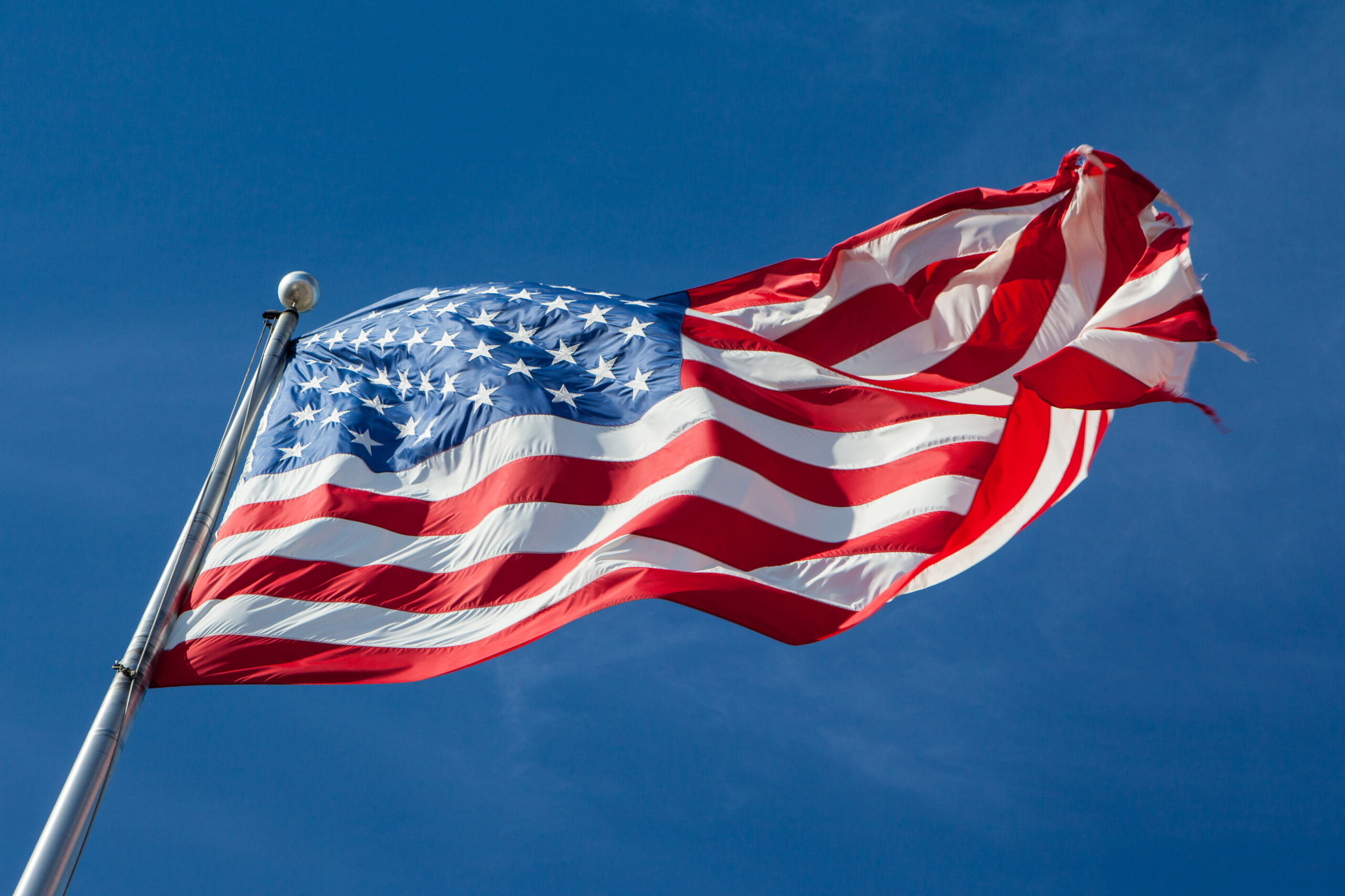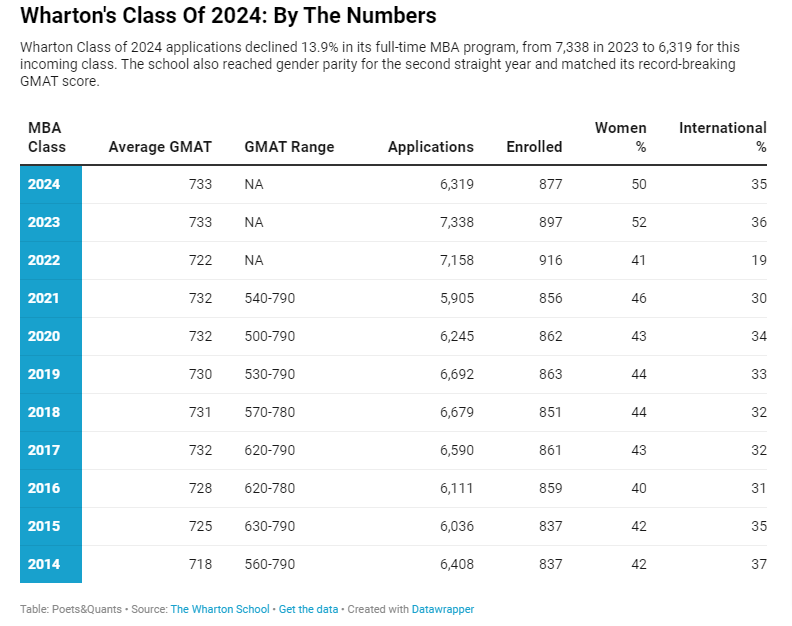In 2015, Duke University’s Fuqua School of Business enrolled 450 students (the highest ever) in its MBA program. In 2021, the institute set yet another record with the number of admissions in its MBA program. With 447 students, it was the second-largest MBA class in the history of the Fuqua School of Business.
But just a year later, we are witnessing a vastly different scenario. The fall of 2022 saw a much smaller class in Duke’s Daytime MBA program, and it’s not just Duke University that has experienced a drop in applications. Evidence of a widespread drop in domestic applications in US business schools is pouring in from all over the country.
According to a recent QS survey, over half of the business schools in the US are going to experience a drop in domestic applications over the next 12 months. This downturn is also being reflected in the reduced number of GMAT tests taken domestically by US citizens. For context, take a look at the GMAT Testing Trends from 2017 to 2021:
 As
As
you can see, the total number of GMAT tests taken by US citizens dropped significantly between 2017 and 2021.
By contrast, the number of international applications in the top business schools in the US remains as high as ever. International students, mainly from China and India, are currently playing a major role in filling the gap left by the drop in domestic applications in US business schools.
Drop in Domestic Applications in US Business Schools – A Closer Examination
Although the number of applications at the Fuqua School of Business dropped this cycle by 223 or around 6%, it is not the most drastic or shocking figure. Duke Fuqua has experienced a far milder decline in applications than some of its peer schools have faced this year.
Here’s a quick look at all the major business schools in the US that have experienced a drop in applications this year:
| Name of School | Drop in Applications (in percentage) |
| UCLA Anderson School of Management | 20% |
| Wharton School of the University of Pennsylvania | 14% |
| NYU Stern School of Business | 10% |
| Michigan Ross School of Business | 9.3% |
| UVA Darden School of Business | 3.5% |
Here’s a detailed look at the MBA class profiles of some of these top business schools:
UCLA Anderson School of Management
Wharton School of the University of Pennsylvania
NYU Stern School of Business

Michigan Ross School of Business
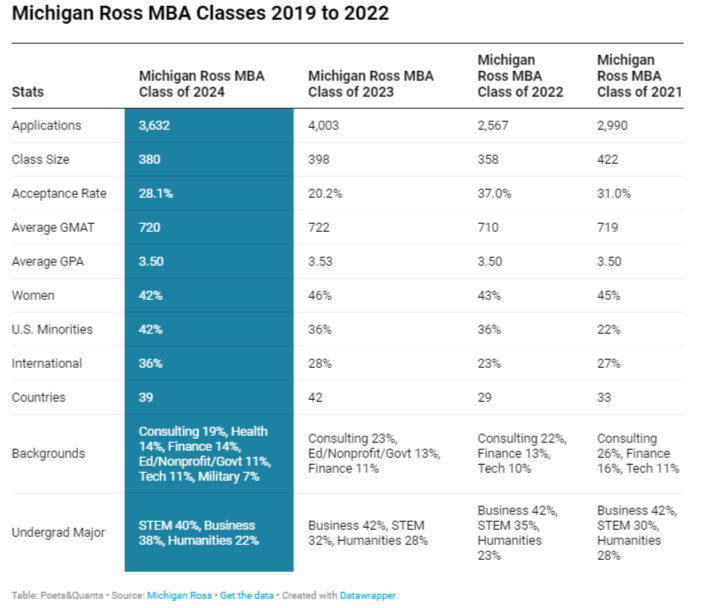
Domestic Applications Dropping in US Business Schools – It’s Not the First Time!
Those who graduate from the top business schools in the US usually have no trouble landing great jobs. Most of these prestigious MBA programs offer the highest earning potential and record placement rates.
Despite this, we have seen a drop in domestic applications in US business schools several times over the last few years. In 2018 and 2019 many of the top business schools in the US experienced double-digit declines in applications.
Here’s a quick look at the MBA programs that were hit the hardest in 2018:
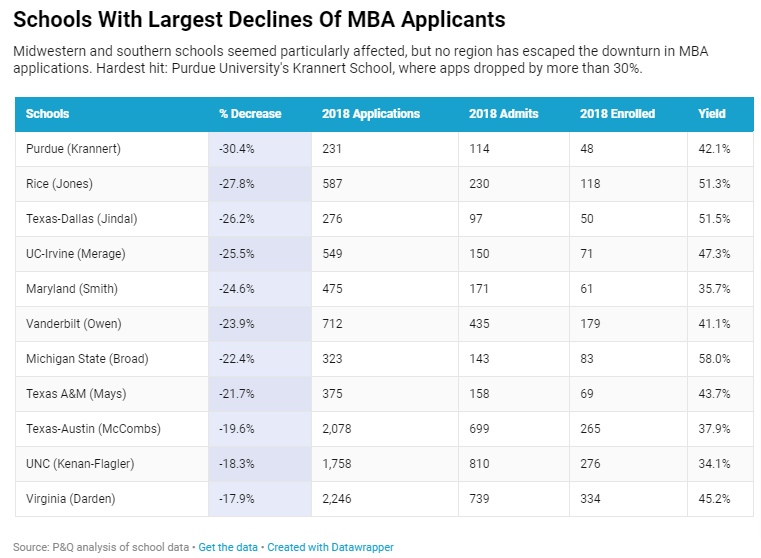
Similar drops in applications in US business schools have been reported every few years over the last decade. So, it is natural to wonder what is causing this decline in domestic applications.
Experts think that one of the major factors that led to this is the Great Resignation, also known as the Big Quit. It is an ongoing economic trend where employees are voluntarily resigning from their jobs en masse.
The U.S. Bureau of Labor Statistics reports that over 40 million Americans resigned from their jobs in the last six months of 2021.
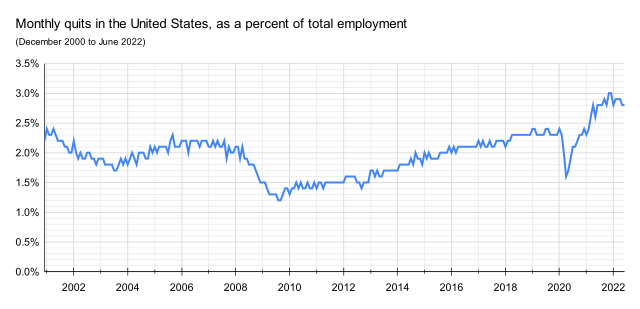
As a large number of people quit their jobs, more job opportunities opened up, with many companies hiring non-MBA professionals.
International Students Bridge the Gap Left by the Drop in Domestic Applications
The drop in domestic applications in US business schools is not necessarily a bad omen for international students. In fact, the gap left by the decline in domestic applications has been consistently filled by international applications, predominantly from India and China.
The IIE or the Institute of International Education recently released the Spring 2022 Snapshot on International Educational Exchange. The report shows that the large majority of US institutions are receiving more and more international applications.
International applications also saved the day for the Fuqua School of Business and many other top business schools in the US. Although domestic applications dropped, international applications increased.
Duke Fuqua’s MBA Class of 2023 is going to be the “most diverse ever” as 47% of the class is made up of international students. Last year, the figure was 38%.
In 2021, the number of Indian students in the US increased by over 12%, while those from China dropped by more than 8%. In 2021, India sent +25,391 more students to the US in comparison to 2020, and the total figure was around 232,851 students.

This is great news for Indian students who aspire to enroll in one of the prestigious MBA programs in the US. But if you are still unable to decide which university or program will suit your goals, or if you are having funding issues, GradRight can help!
Thanks to its proprietary tools, SelectRight and FundRight, GradRight can guide you on your journey of pursuing higher studies abroad. While SelectRight is an AI-based tool that helps you select the right course, program, and university, FundRight is India’s first loan bidding platform. Here, over 14 lenders compete to get your loan by offering you the best possible terms and rates.
Wrapping Up: The US Continues to Be the First Choice for Indian Students
Even in 2022, the US is the most preferred destination for Indian students who wish to pursue higher studies abroad. The reason for that is fairly obvious. The 2022 World Reputation Index shows that seven out of the top ten universities are in the US.
The US is also one of the world’s largest economies, and students prefer it because of the career prospects and growth opportunities. A flexible academic environment, support for international students, and a vibrant culture are among the top few attractions of studying in the US.




